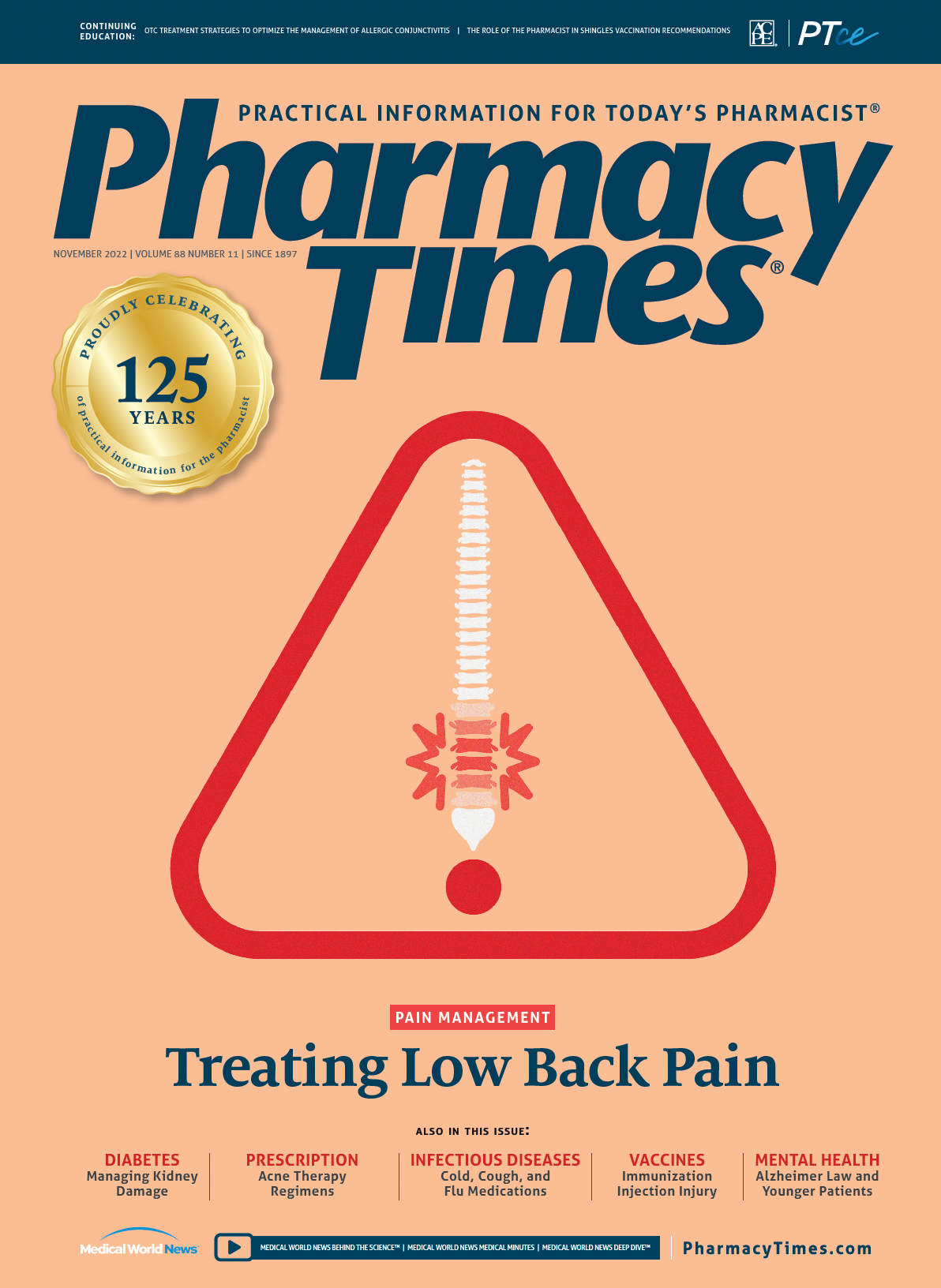Publication
Article
Pharmacy Times
Vtama Cream From Dermavant Sciences
Author(s):
The FDA has approved tapinarof 1% cream (Vtama; Dermavant Sciences) for the topical treatment of plaque psoriasis in adults.1 Psoriasis affects an estimated 8 million Americans and 125 million individuals worldwide, with plaque psoriasis occurring the most frequently. This condition is characterized by raised, scaly patches of skin that can be disfiguring, itchy, and painful.
Although the exact cause of psoriasis is unknown, risk factors and triggers may include cold or dry weather conditions, family history, genetics, heavy alcohol consumption, smoking, and stress. Patients with psoriasis have an increased risk of developing other health conditions, such as diabetes, depression, hypertension, inflammatory bowel disease, obesity, and psoriatic arthritis. The condition can also significantly affect psychological health and quality of life.2
Clinical Pharmacology
Vtama cream is an aryl hydrocarbon receptor agonist. The exact mechanism in which Vtama cream exerts its effect in patients with psoriasis is unknown. Repeat topical application of the medication does not result in accumulation. Plasma concentration was below the quantifiable limits of the assay in 68% of pharmacokinetic samples.1
Dosage and Administration
A thin layer of Vtama cream should be applied to the affected areas once daily. Patients should wash their hands after applying the medication unless the area of treatment is the hands. Vtama cream is not intended for intra-vaginal, ophthalmic, or oral use.1
Clinical Trials
The efficacy and safety of Vtama cream for the treatment of plaque psoriasis in adults was evaluated in 2 double-blind, multicenter, randomized, vehicle-controlled trials (PSOARIN 1 [NCT03956355] and PSOARING 2 [NCT03983980]). A total of 1025 participants were randomly assigned 2:1 to apply either Vtama cream or a vehicle cream once daily for 12 weeks to any lesion, regardless of the loca-tion on the body. Baseline psoriasis severity was graded with the 5-point Physician Global Assessment (PGA), which categorized 10% of participants as having mild disease, 82% as having moderate disease, and 8% as having severe disease. The extent of disease involvement, which was assessed by mean body surface area (excluding the palms, scalp, and soles of the feet), was 8%, with a range of 3% to 20%.
The primary efficacy end point in both studies was the proportion of participants who achieved treatment success, which was defined as a PGA score of clear or almost clear and at least a 2-grade improvement from the baseline. Results of both trials showed a statistically significant improvement in the patients using Vtama cream compared with those using the vehicle cream. In PSOARING 1, 36% of the Vtama cream group achieved treatment success compared with 6% of the vehicle cream group. In PSOARING 2, treatment success was achieved in 40% of the Vtama cream group and 6% of the vehicle cream group.
Vtama cream also demonstrated a statistically significant improvement in all secondary end points, including a 75% or greater Improvement in Psoriasis Area and Severity Index score from the baseline at week 12. Additionally, after 12 weeks of treatment, 73 participants in the Vtama cream group achieved complete disease clearance and discontinued treatment with Vtama cream. These participants were followed for up to 40 additional weeks and demonstrated a median time to first worsening, defined as a PGA of 2 or greater or categorization as mild, of 114 days.1,2
Contraindications, Warnings, and Precautions
There are no contraindications to treatment with Vtama cream. The efficacy and safety of Vtama cream in patients younger than 18 years has not been established. In clinical trials, there was no difference in efficacy, safety, or tolerability in elderly patients compared with younger adults. There are insufficient data to determine the risks associated with the use of Vtama cream while breastfeeding or during pregnancy. The most common adverse reactions are contact dermatitis, folliculitis, headache, influenza, nasopharyngitis and pruritus.1
References
1. Vtama cream. Prescribing information. Derma-vant Sciences Inc; 2022. Accessed June 27, 2022. https://www.vtama.com/hcp/PI/
2. FDA approves Dermavant’s Vtama (tapinarof ) cream, 1% for the treatment of plaque psoriasis in adults: first topical novel chemical entity launched for psoriasis in the US in 25 years. News release. Dermavant Sciences. May 24, 2022. Accessed June 27, 2022. https://www.dermavant.com/u-s-fda-approves-our-novel-topical-treatment-for-adults-with-plaque-psoriasis/
About the Author
Monica Holmberg, PharmD, BCPS, is a pharmacist in Phoenix, Arizona, and Pharmacy Times® contributor.






